Heading out the door? Read this article on the new Outside+ app available now on iOS devices for members! Download the app.
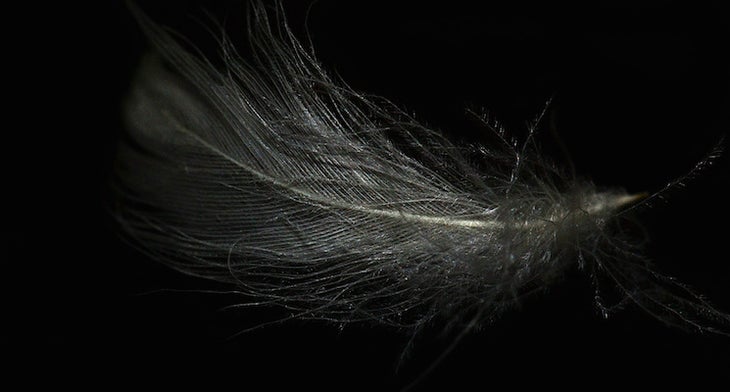
Long the standard in the outdoor industry, goose down may face increased competition from duck down. [photo: kev_shine / Flickr]
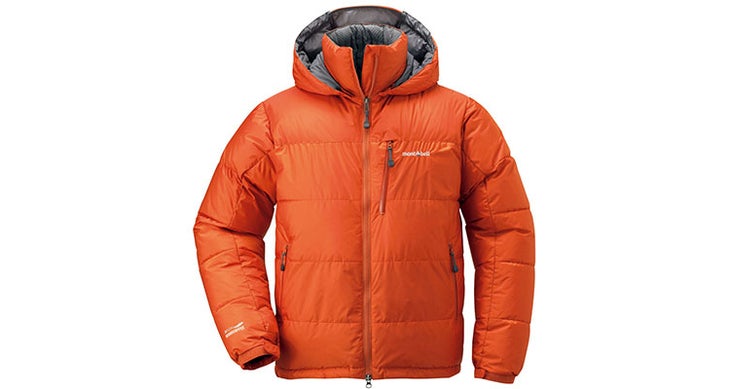
This Editors’ Choice Award-winning parka is a steal for the price point. Watch video.

For when you absolutely, positively must stay warm. Read the review.
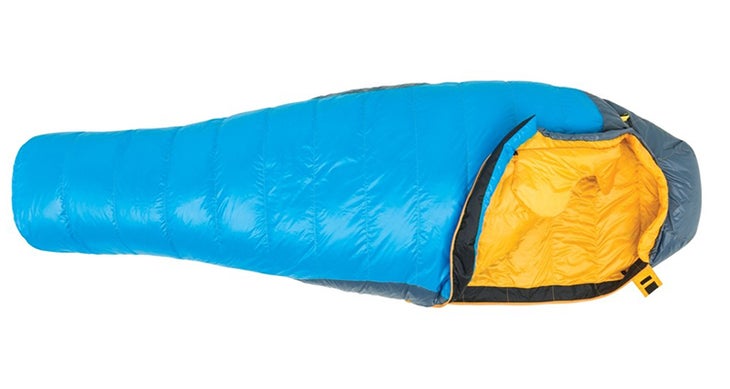
This bag swaps pricier goose down for 600 FP duck down without sacrificing any performance. Read the full review.
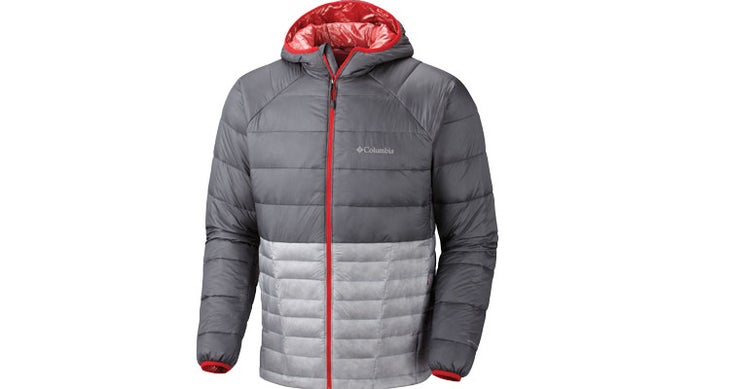
Puffies don’t come much warmer than this one. Even better? It manages to maintain a remarkable degree of breathability, too. Read the review.
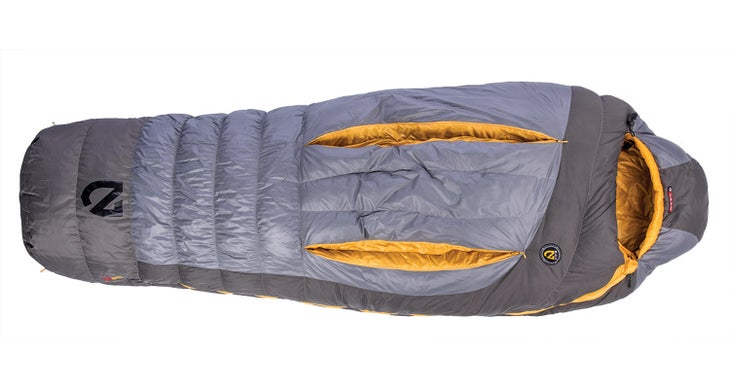
This innovative bag won a 2015 Editors’ Choice Award for incorporating zipper “gills” on the front to vent heat when temps creep above freezing. Read the review.
Goose down has long been the standard for insulation in outdoor gear. But with a lower price point and ample supply, duck down is making serious inroads. Does the lighter, cheaper feather actually compare to the tried-and-true goose? Check out our guide below to figure out which fowl is your favorite.
More: Get gear reviews straight from readers like you with Gear 360.
So what is down, anyway?
Bird down is nature’s finest baselayer. In every ounce of down, some two million filaments criss-cross in all directions, creating air pockets that trap the bird’s body heat for warmth. Down comes in both large and small clumps, nestled together under the bird’s tough outer contour feathers.
What is fill power?
Fill power is essentially a laboratory measurement of every backpacker’s two most important ratios: warmth to weight, and warmth to compressibility. A fill rating is derived from the number of cubic inches that one ounce of a particular type of down will fill. The larger the down clusters, the higher the fill power. The higher the fill power, the more favorable the ratio. When it comes to outdoor gear, mediocre fill power begins at 500 while top-end apparel boasts fill power of around 900.
OK, so what are the key differences between duck down vs. goose down then?
As a raw material, down exists as a byproduct of bird consumption, primarily in Asia. In years where fewer birds end up on the dinner table (say, during bird flu scares), the feather supply will drop and prices will rise. On the whole, people consume more duck than goose, so duck down is typically more abundant and cheaper for manufacturers to buy. These savings are (we hope!) passed on to the consumer.
Goose down, however, has an inherent advantage because it tends to yield higher fill powers. Geese are bigger birds, so the down clusters are bigger and have higher lift, hence trapping and redistributing more warmth. While goose down fetches a higher cost at market, customers are still willing to pay the price tag for the quality, because, until recently, many believed duck down was not even comparable. Goose down’s historical domination of the market might have initially dampened duck down’s potential.
New technologies are being developed to yield higher fill powers from cheaper duck down. Processors now sort through differently sized duck down clusters and weave them together to create the desirable fill power. Once these equal fill powers are achieved, duck and goose down insulate identically. This process is still being refined, so goose down remains the norm in the outdoor market—for now, but expect to see duck down products gaining more momentum in the market.
Bottom line?
Ultimately, the decision comes down to warmth vs. price. Cost-conscious consumers may want to stick with duck down for now with the knowledge that the gap is closing rapidly. Goose down is pricey, but will keep you cozier.